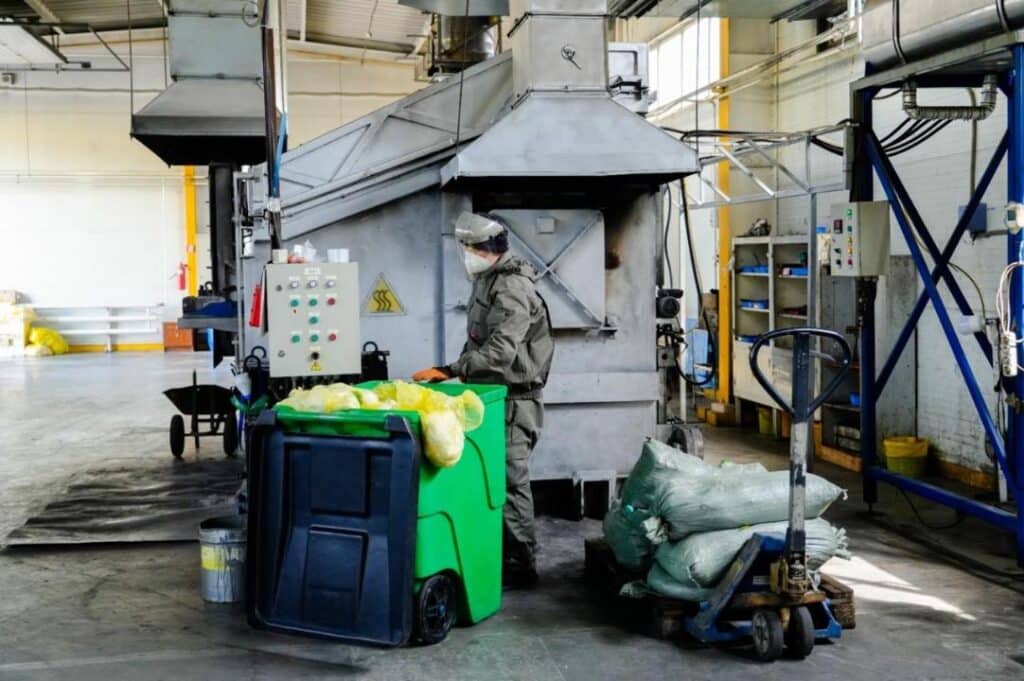Central Asia’s notorious ‘snus’: Why nasvay is under fire?

Oral smokeless tobacco products pose a complex and widespread challenge to public health but have received limited global attention. The World Health Organization’s 2018 report highlights two populations with longstanding traditions of smokeless tobacco use: people in Scandinavian countries — particularly Sweden, where snus is commonly consumed — and populations in Central Asia, where nasvay is the most widely used form.
Cheaper than cigarettes
In Kyrgyzstan, nasvay plays a significant role in the fragile economy of the country’s southern regions. According to the campaign group Kyrgyzstan Without Tobacco, the unregulated production of this addictive product supports up to one-third of the local population. Cheaper than cigarettes, nasvay use has surged in recent years among both men and women, as reported by the Kyrgyz Ministry of Health.
In neighboring Kazakhstan, public health laws prohibit the import, production, sale and distribution of tobacco products that exceed the maximum allowable nicotine levels or lack established sanitary and epidemiological standards.
During recent raids in Kazakhstan’s capital, Astana, five tons of nasvay worth approximately $50,000 have been seized. The entire cache was destroyed, according to the city’s akimat (mayor’s office).
The substance was incinerated at a specialized medical waste disposal facility, the only one in Kazakhstan listed in the International Green Technologies and Investment Projects Center’s registry of green technologies and equipment. Authorities stated that the destruction process posed no harm to the environment and was closely monitored by a dedicated oversight team.

More than 500 retail outlets across six districts of the city were inspected during the raids. Officials uncovered more than 100 instances of illegal sales of nasvay. All confiscated products were destroyed, and violators were fined; each offense carried a penalty of approximately $200.
Nasvay or naswar
Nasvay is known by many names across the region, including nasybay, nus, nuts, nos, ice, nasyr, natsvay, anasvay, asmay and atmay. In Afghanistan and Pakistan, the product is commonly referred to as naswar.
Typically dark green or brown in color, nasvay is consumed by placing it between the gum and cheek or under the tongue. It stimulates excessive salivation, often requiring users to spit frequently. Nasvay is a mixture primarily made from shredded tobacco, the source of nicotine, and slaked lime. Other components may include plant ash, vegetable oils such as cottonseed oil, dried fruits and various flavorings. Some reports suggest that animal excrement is occasionally added to the mixture. These ingredients are combined with water and usually formed into small balls, which are then packaged in plastic bags for sale.
Nasvay is most often homemade or informally produced, with its formulation depending on local traditions, ingredient availability and cost. The climate in Central Asia supports the cultivation of tobacco varieties well-suited for nasvay production, making it a regional specialty among local farmers.
Shameful and harmful habit
In March 2025, during a speech at the National Kurultai, a nationwide congress aimed at fostering dialogue between the government and the public, Kazakhstan’s President Kassym-Jomart Tokayev described nasvay use as a «shameful and harmful habit» among Kazakhstanis. He warned that the product is often produced in unsanitary conditions using substances linked to serious health risks, including cancer. Tokayev also criticized law enforcement agencies for failing to effectively curb its illegal distribution, despite a nationwide ban.
The WHO experts note that the nicotine content in nasvay is high, and its pH level (around 10) enhances the bioavailability of nicotine, allowing it to easily penetrate the mucous membranes of the mouth and quickly enter the bloodstream. Like all forms of tobacco use, smokeless tobacco poses serious health risks, including illness, disability and death, though these dangers are less thoroughly documented than those linked to smoking conventional cigarettes.
On April 19, 2024, Kazakhstan also enacted a nationwide ban on the sale, production and distribution of electronic cigarettes and vapes. To enforce the law, authorities introduced steep fines and harsh penalties — including up to five years in prison and property confiscation — for violators. Despite these measures, a thriving black market for vapes appears to persist. For those selling these products, few legal barriers seem to stand in the way.

